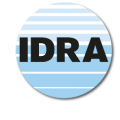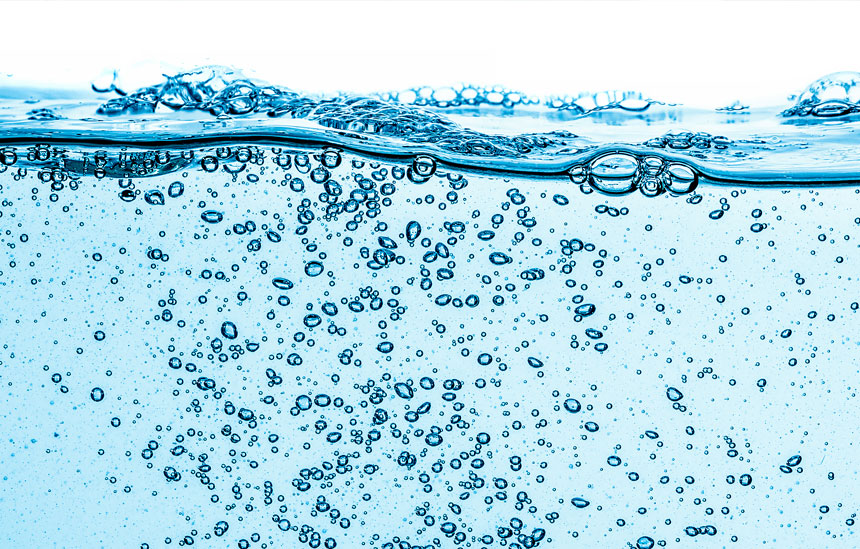Toray Industries, Inc., announced today that it recently obtained important joint research findings that could help enhance the water permeability and substance removal capabilities of reverse osmosis (RO) systems (see Glossary note 1). The company teamed with the Bioengineering Laboratory and Theoretical Molecular Science Laboratory of Riken, a leading national research and development institute based in Wako, Japan, to undertake this work
The research clarified the relationship between the strength of interacting networks of polyamide molecules that handle water permeability and water molecule diffusion (note 2). Toray will draw on the results of analysis to accelerate its drive to develop advanced separation materials. These include innovative energy-saving RO membranes for desalination and wastewater reclamation that deliver zero liquid discharges (note 3).
The world faces increasingly dire water scarcity and quality issues. Ensuring the availability and sustainable management of water and sanitation for all is one of the United Nations’ Sustainable Development Goals. Public and private entities around the world are therefore adopting RO membrane-based purification techniques to secure sustainable water resources.
There is a trade-off with conventional RO membranes between higher water production and quality. This situation made it desirable to work out the mechanism of water molecule diffusion in RO membranes to enhance water permeability and substance removal thereby obtaining high-quality water while conserving energy.
Toray and Riken’s laboratories analyzed interactions between polyamide and water molecules within the polyamide structure of RO membranes. The team successfully identified the impacts of the collective states and mobility of water molecules in polyamide molecular assemblies. The team confirmed that the sparser the networks of interactions between polyamide molecules the more there are interactions between water molecules, leading to the creation of highly mobile water molecule assemblies.
Toray earlier engaged in research with the University of Tokyo that identified the relationship between bound water (note 4), with its restricted movements through interactions with polyamide molecules in polyamide molecular assemblies, and free water (note 5), with its high mobility. This work found that free water diffuses more than 10 times faster than bound water. Applying that finding, the ability to precisely control the structures of fine pores and water movements within them would make it possible to create high-performance RO membranes with outstanding water permeability and substance removal.
The Toray and Riken team received support under the Center of Innovation Program of the Japan Science and Technology Agency, obtaining its findings as part of a business and research project of that agency’s Global Aqua Innovation Center for Improving Living Standards and Water-sustainability (note 6).
Toray will push ahead with research and technical development through industry-academia-government collaborations that contribute to social progress worldwide by providing everyone with plentiful access to clean water.
Glossary
1. Reverse osmosis membranes
When concentrated and dilute solutions are in contact through a semipermeable membrane, the water moves from a dilute to concentrated solution as a result of osmotic pressure because the concentrations differ. Under a pressure exceeding that of osmotic pressure on the concentrated aqueous solution, water passes through the semipermeable membrane and goes to the dilute solution. Membrane separation employing this phenomenon is called reverse osmosis. Reverse osmosis membranes remove sodium, calcium, and other metal ions, chlorine and sulfate ions and other anions, and such low molecular organic compounds as pesticides.
2. Diffusion
This is the speed and movement of water molecules inside reverse osmosis membranes during interaction with the membranes.
3. Zero liquid discharge
This is a framework for water reuse by ultimately discharging only solid waste with concentrators and crystallizers after RO membrane and other treatment, eliminating environmental or sewage releases of wastewater from factories and other facilities.
4. Bound water
The water molecules have low mobility owing to interactions with substance surfaces.
5. Free water
These are water molecules with high mobility because interactions with substance surfaces are weak or nonexistent.
6.Global Aqua Innovation Center for Improving Living Standards and Water-sustainability
Spearheaded by Shinshu University, this unit fosters industry-academia-government collaborations through the Center of Innovation Science and Technology based Radical Innovation and Entrepreneurship Program of the Ministry of Education, Culture, Sports, Science and Technology.




